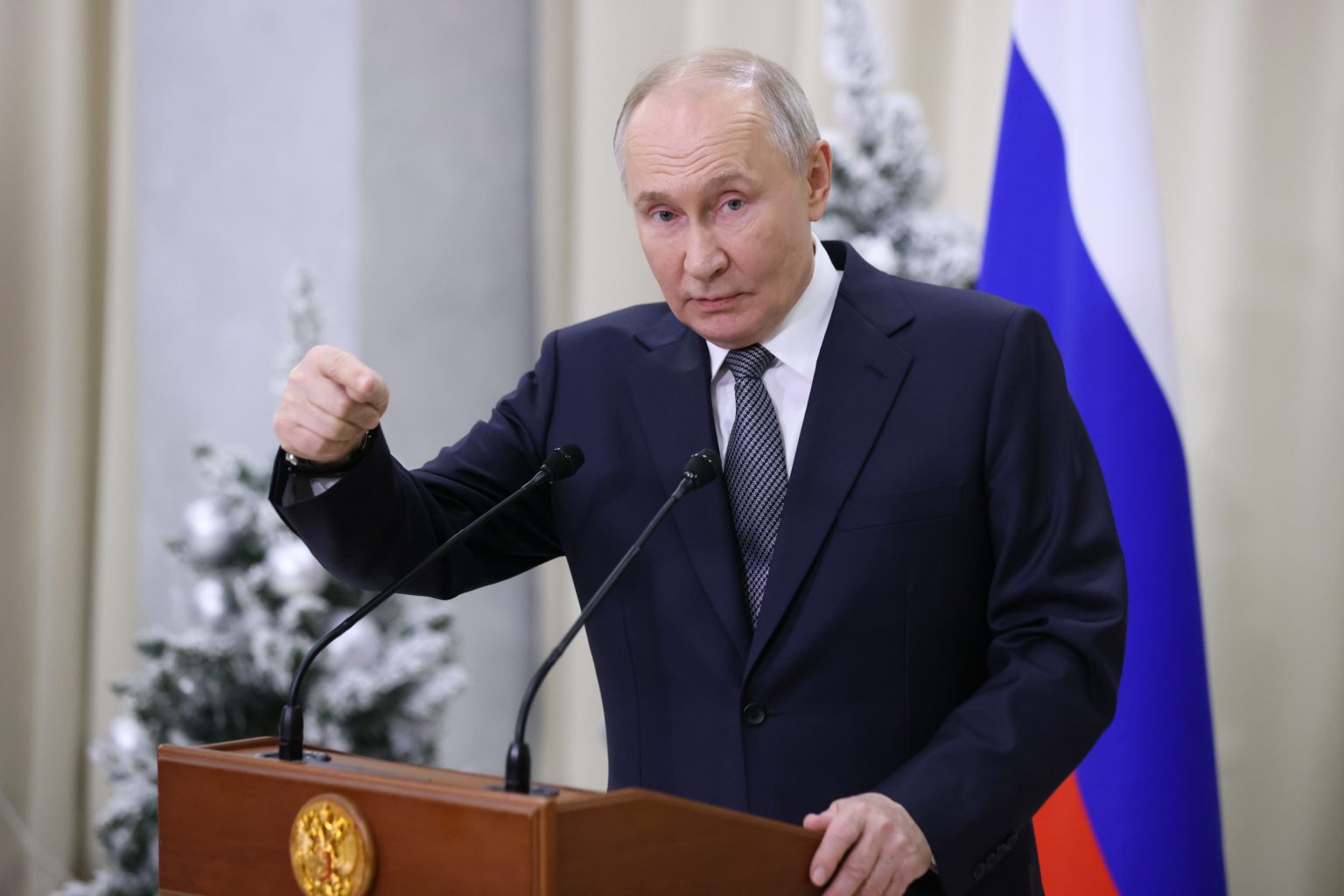The escalating conflict between Russia and Ukraine reached a new level of tension with Ukraine’s alleged use of U.S.-supplied ATACMS missiles to strike Russia’s Belgorod region. This action, a significant escalation in the war, marks a shift in Kyiv’s strategy, taking the fight directly to Russian territory. While Ukraine has been receiving military aid from Western nations, including the U.S., the use of ATACMS signifies a bolder approach, potentially impacting the delicate balance of power and furthering the risk of escalating tensions between Russia and the West. Moscow has vowed to retaliate, raising concerns about the nature and scale of its response.
The backdrop to this incident is the ongoing war that began with Russia’s invasion of Ukraine in February 2022. Over recent months, Ukraine has steadily increased its offensive actions, including incursions into Russian territory, like the earlier surprising foray into Kursk. This increasing boldness culminated in the alleged ATACMS strike on Belgorod, a move that Russia’s defense ministry claims was thwarted, with all eight missiles and numerous accompanying drones shot down. Regardless of the success of the interception, the symbolic significance of the attack is undeniable, marking a new phase in the conflict where Ukraine demonstrates a willingness and capability to strike deep within Russian territory.
The authorization for Ukraine to use ATACMS, a long-range missile system capable of reaching targets up to 190 miles away, has been a point of contention. While President Biden approved the transfer of these weapons, some, including then President-elect Donald Trump, criticized the decision, fearing it would further escalate tensions. The high cost of each ATACMS missile, estimated between $1 million and $1.5 million, underscores the significant investment in this advanced weaponry. Their deployment allows Ukraine to strike strategic targets deep inside Russia while potentially circumventing its sophisticated air defense systems, a capability that significantly alters the dynamics of the battlefield.
Following the Belgorod strike, another incident further inflamed the situation. A reported drone attack, allegedly by Ukrainian forces, resulted in the death of a Russian journalist, Alexander Martemyanov, and injuries to several other media personnel. This incident, labelled a “kamikaze” attack by some sources, occurred in eastern Ukraine, highlighting the continuing volatility and danger in the region. The targeting of civilians, especially journalists, adds a tragic dimension to the conflict and intensifies the propaganda war being waged on both sides. This incident adds fuel to the escalating tensions and likely contributes to the hardening of positions in both Moscow and Kyiv.
Russia’s response to these developments will be crucial. President Putin has previously threatened to retaliate against the use of ATACMS with the “Oreshnik” missile, a weapon he claims could reduce the need for nuclear weapons. This rhetoric raises serious concerns about the potential for a significant escalation of the conflict. The Kremlin has consistently condemned the U.S.’s provision of advanced weaponry to Ukraine, viewing it as a provocative act fueling the conflict and increasing tensions. The likelihood of a substantial Russian retaliation is high, given past patterns of response. The magnitude and nature of this retaliation remain uncertain, leaving the international community on edge.
The pathway forward remains fraught with uncertainty. Ukraine’s use of ATACMS, the subsequent drone attack, and Russia’s promised retaliation significantly escalate the risks in the ongoing conflict. The implications extend beyond the immediate battlefield, influencing the broader geopolitical landscape and potentially drawing other actors further into the conflict. The potential for miscalculation and further escalation is high, underscoring the urgent need for diplomatic efforts to de-escalate the situation and prevent a further widening of the conflict. The threat of more advanced weaponry, like the “Oreshnik” missile, entering the equation raises the stakes considerably and highlights the dangers of a conflict spiralling out of control.

